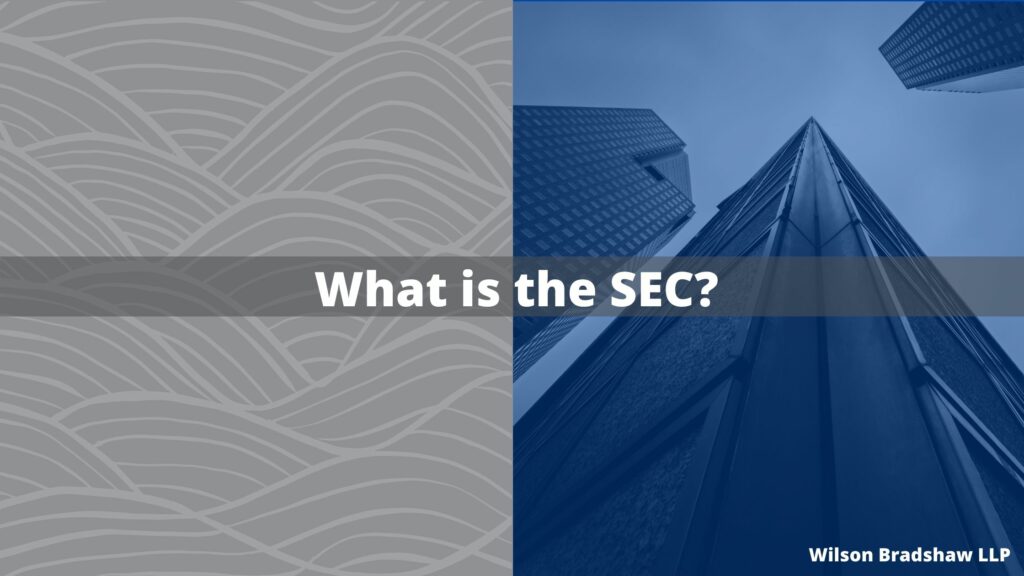What is the SEC? The SEC (Securities and Exchange Commission) is a large independent agency of the United States federal government created after the Wall Street Crash of 1929. The crash brought on financial ruin for financiers and businessmen, and caused America’s GNP to drop by 15%. The stock market crash was the first fall of a domino effect worldwide, financial ruin caused by unchecked boundaries and protocols in trading.
The mission of the SEC, “to protect investors; maintain fair, orderly, and efficient markets; and facilitate capital formation. The SEC strives to promote a market environment that is worthy of the public’s trust”, has reigned true ever since. In the past fiscal year, the SEC returned $1.2 billion to investors as a result of their enforcement actions against wrongdoers. As a whole, the commission oversees approximately $97 trillion in securities trading on U.S. equity markets annually according to their website.
Along with enforcement and regulation, the SEC provides educational resources for investors. Investor.gov does a great job of organizing opportunities for people to learn how to become investors, expand on their current investment, utilize financial tools and calculators, and find retirement information.
The SEC is made up of five commissioners who are appointed by the U.S. president. They are headquartered in Washington, DC and have regional offices across the country.
The SEC is made up of six different divisions:
- The Division of Corporation Finance: “seeks to ensure that investors are provided with material information in order to make informed investment decisions, both when a company initially offers its securities to the public and on an ongoing basis as it continues to give information to the marketplace.”
- The Division of Trading and Markets: “establishes and maintains standards for fair, orderly, and efficient markets. The Division regulates the major securities market participants, including broker-dealers, self-regulatory organizations (such as stock exchanges, FINRA, and clearing agencies), and transfer agents.”
- The Division of Investment Management: “primary responsibility for administering the Investment Company Act of 1940 and Investment Advisers Act of 1940, which includes developing regulatory policy for investment companies ( e.g., mutual funds, including money market funds, closed-end funds, business development companies, unit investment trusts, variable insurance products, and exchange-traded funds) and for investment advisers.”
- The Division of Enforcement: “created in August 1972 to consolidate enforcement activities that previously had been handled by the various operating divisions at the Commission’s headquarters in Washington. The Commission’s enforcement staff conducts investigations into possible violations of the federal securities laws, and prosecutes the Commission’s civil suits in the federal courts as well as its administrative proceedings.”
- The Division of Economic and Risk Analysis: “created in September 2009 to integrate financial economics and rigorous data analytics into the core mission of the SEC. The Division is involved across the entire range of SEC activities, including policy-making, rule-making, enforcement, and examination.”
- The Division of Examinations: “conducts the SEC’s National Exam Program. The Division’s mission is to protect investors, ensure market integrity and support responsible capital formation through risk-focused strategies that: (1) improve compliance; (2) prevent fraud; (3) monitor risk; and (4) inform policy. The results of the Division’s examinations are used by the SEC to inform rule-making initiatives, identify and monitor risks, improve industry practices and pursue misconduct.”
The SEC has provided a list of questions advisors should ask when reviewing or establishing their compliance programs. This extensive list is helpful for making sure that all preventative measures are taken against investment fraud.

